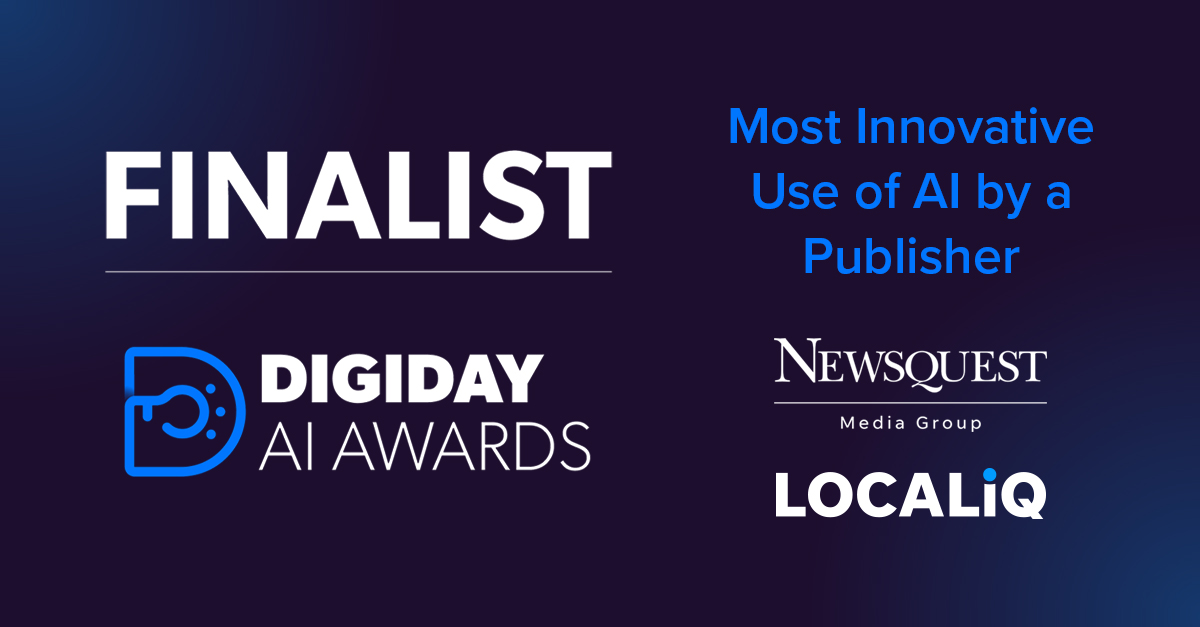And that, as they say, is a wrap! We have completed our final live webinar for this year, “7 Digital Trends Businesses Need to Know in 2023.” Missed it? Don’t panic, we’ve made it available for you to watch on-demand.
We received an incredibly wide range of questions from those who attended the webinar, and we want to respond to all of them. Your webinar Q&As are as follows:
Q: When should I move over to GA4?
A: If you haven’t already done it, you should migrate now. With Google Analytics 4 (GA4) relying less on cookies, and more on machine learning, it will need to have a few months of learning a customer’s journey to be able to fill in the gaps.
Q: I’m a small B2B business and use other social platforms but, in 2023 should we look to include TikTok in our social media marketing?
A: Without a doubt! TikTok is probably the last thing on your list of priorities if you run a B2B company. However, your follower count and previous engagement do not enter into TikTok’s algorithm, you do not need a sizable following to get significant engagement on the platform. Instead, each video is ranked independently from your profile.
Use Q&A features to engage with your audience, display your sense of humour (B2B marketing doesn’t have to be serious), and recycle the content you previously posted on other social media sites to help get you started!
Q: When it comes to Facebook targeting, how local can you drill down to? Postcode Sector?
A: Yes, you can target by part of the postcode. You can even target multiple postcodes at the same time.
Q: What is the best Digital PR practice for financial services?
A: Here are the top 10 strategies to help you strengthen your digital marketing game if you are in the financial sector:
- Create well-planned and easy-to-navigate websites: You should maintain a consistent, usable, and aesthetically pleasing function and website design.
- Plan for local SEO: Being a master at local SEO would help you produce a tonne of quality leads if you are a start-up or targeting a local market.
- Content marketing: Make updating your content a priority, create a plan for it, and regularly optimise it!
- Personalisation: Based on their financial requirements, provide consumers with pertinent services, and make sure to offer user-specific advice to enhance their entire experience.
- Mobile marketing: Financial-based organisations should concentrate on their mobile-based digital marketing efforts as customer behaviour is constantly migrating to smaller displays.
- Educational videos: Because some people lack basic financial knowledge, financial firms must provide value to their users by producing educational videos.
- Social media marketing: The likelihood of the financial business generating more significant leads and expanding its clientele will increase with a good social media presence. Success stories and other meaningful content will make you more relatable to more people.
- Invest in email marketing: Establish personalisation methods for each category created after identifying your target audience. Your engagement will steadily increase as a result of this.
- Get positive customer reviews: Encourage your customers to share their feedback online.
- Engage with your audience: Recognise their dialect and the strategies that will hook them. The generation of today enjoys engaging content and is drawn to extraordinary opportunities for experiences, rewards, and convenience.
Financial service businesses have a great chance to increase their visibility online and make new connections. The main emphasis should be on fostering a sense of trust and optimism within your company.
Q: Is social just for engagement, or is it a good place to leverage the audience for leads?
A: Of all your social media followers, only about 5% of them are engaged with the brands they follow. Social is definitely the place to try to increase engagement and the best way you can do this is to post regularly and produce a variety of content. These could be videos, images, sales posts, behind-the-scenes posts, product demos, etc. You should know your target demographic and find out what are their likes and dislikes (audience personas). Use that knowledge to produce content that is relevant to them and also to the brand.
That being said, don’t be afraid to use social media to encourage sales too, just remember the 80/20 rule: 80% of what you post should provide value to your audience, whilst 20% should be promotional.
Q: Is print a successful marketing tool? or because we can’t measure metrics, is it less efficient?
A: Print is still very much a successful marketing tool, especially if you are appealing to an older audience (higher end of Gen X and baby boomers). These people grew up with newspapers and regard them as a high source of truth. If you are using print, ensure your copy and images are legible and stand out. Always include a link to your website.
Q: Are people now so overwhelmed by digital adverts everywhere?
A: The average person sees between 6000-10,000 ads every day! Digital billboards, static billboards,in newspapers and magazines, TV, social media and on search engines. I bet you cannot recall more than 5 or 10 you saw yesterday though, can you? You need to make sure your ad stands out, and you are going to have more chance of resonating with someone if your product is something they want. This is another reason why you must ensure that you understand your target audience.
Q: How can we utilise digital platforms to get in front of our target audience, first organically and then paid?
A: Let’s start by looking at social media. You can be on as many social sites as you like. The first thing you need to do is grow your following. You can do this by joining common interest groups, following hashtags and answering questions. Another popular way to grow is to run a “like, comment and share” competition. Get your current followers to like a competition post, comment with a friend’s name and share your post on their timeline.
You can then choose a winner to receive a small prize. Also, you could use paid advertising to grow your following (there is an option on most social platforms to make this a campaign objective). Do you have a newsletter? That’s also a good way to reach and connect with your audience. Have a page dedicated to signing up for your newsletter and include the call to action (CTA) in different parts of your website. You could create a paid campaign with a specific landing page to get more sign-ups.
Work on an SEO strategy, perform a keyword analysis, and competitor analysis and work at getting your content on page 1 of Google. You could also run pay-per-click (PPC) ads to get yourself right at the top of Google!
Q: Can I make changes to a Google Campaign?
A: You can make small changes such as match types and keywords. If you want to make substantial changes such as bid strategy, then the campaign will take approximately a week to maximise.
Q: What would you recommend as a breakdown of spend between these platforms given what you’ve said today?
A: If your budget can spread across all platforms, then go for it. Consider where your customers are and what platforms they use (for example if you are marketing to Gen Z, TikTok is a great choice!). It may take some trial and error to come up with the perfect balance.
Q: With all these algorithms surely all businesses in the same industry will end up in the same place and gain no advantage?
A: Ever so slightly – there are still multiple factors that come into play for the individual businesses such as the offer, unique selling point (USP), message and what’s happening in the world. Google and Facebook also want to increase their revenues, so they adjust the goalposts so that advertisers need to continue advertising to reach their audiences. The algorithms are more just so more personalised content is available to individuals, however, Facebook and Apple mainly have made that harder to do by introducing ways to opt out of personalised marketing. So, the algorithms for many users aren’t implemented.
As a final note, LOCALiQ would like to thank every one of you for attending and interacting with our final webinar of 2022! We hope you enjoyed the session and are ready to implement some, or even all, of the digital marketing tactics we discussed!
Get notified about upcoming webinars and marketing news in 2023 by signing up for our monthly newsletter. Once again, thank you for taking the time to attend!





